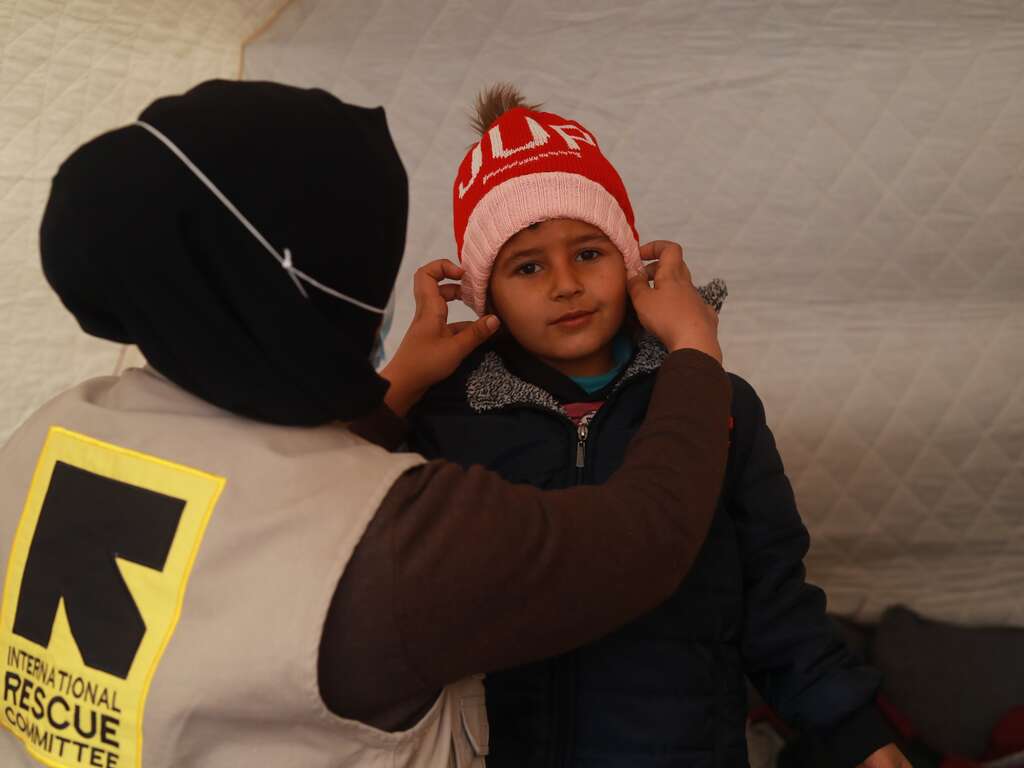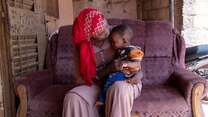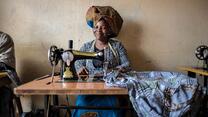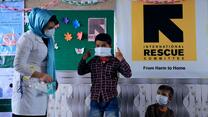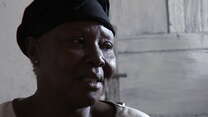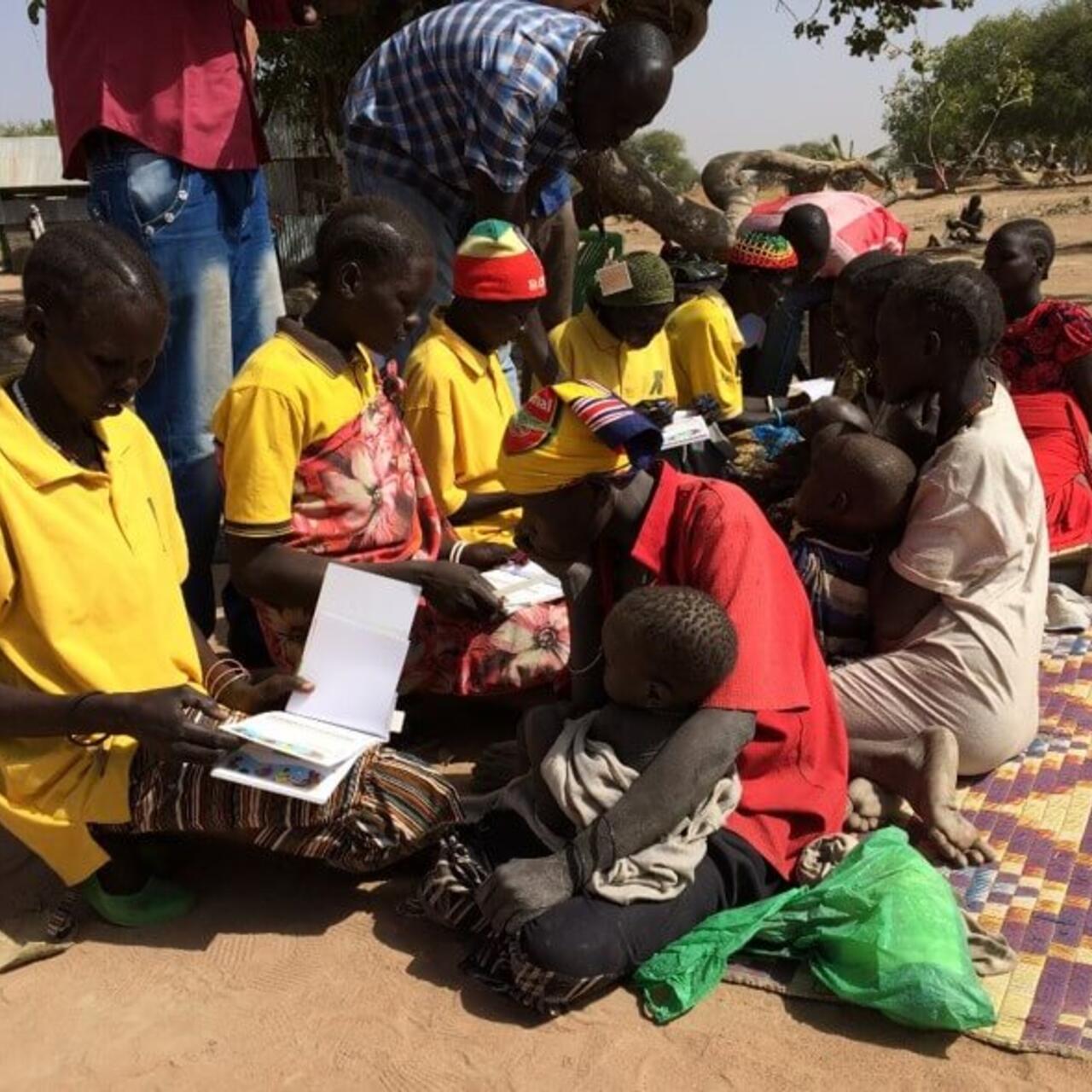
How do you halve the time and cost of getting cash to flood-affected people in Pakistan? Rather than having families of malnourished children in rural South Sudan trek miles to a health clinic, is there a better way to diagnose and treat children in their communities? Do easier ways exist to target and immunise children in remote locations against illnesses? What could programmes to reduce violence against women and children look like after applying insights from behavioural science?
The desire to design and test solutions to these and other challenges in humanitarian programming spurred the IRC to create its new Research and Development (R&D) Team, a key milestone toward achieving the R&D objective of the IRC2020 strategy.
State of Play
During the past decade, aid agencies, development economists, and donors have invested heavily in learning about what humanitarian programmes work through impact evaluations. The International Initiative for Impact Evaluation, for example, has compiled more than 2,500 studies. To assess where to focus our efforts, the IRC conducted a detailed review of this evidence base. The results were stark.
In relatively stable and low-income contexts, remarkably little is known. Many interventions have not undergone rigorous testing, and those that have show limited impact. Even in sectors with some evidence of effective solutions, many interventions improve lives marginally but don’t transform them. Where interventions do have a strong evidence base, most are not in crisis-affected contexts; fewer than 100 of the 2,500 impact evaluations were conducted in emergency settings.
In short, evidence gaps are significant, and where proven solutions exist they either do not have a big enough effect on people's lives or they face challenges scaling up in crises.
Barriers to Innovation
The focus on innovation is not new for the IRC. The organisation has improvised, taken risks, and found ingenious ways to help our clients since our founding in the 1930s. Innovation is embedded in the IRC’s work, in real time and in response to scarcity and extreme difficulties. The IRC was one of the first agencies to test and then adopt parenting programmes in crisis-affected areas. During the Ebola crisis in Liberia, the IRC was the first organisation to bring in an anthropologist to create a community-based monitoring system responsive to local customs. We were also one of the pioneers of Community Care Management health programs, and have now scaled the approach in South Sudan to reach hundreds of thousands of children. These are just a few of the incredible innovations the IRC has already pioneered in the sector.
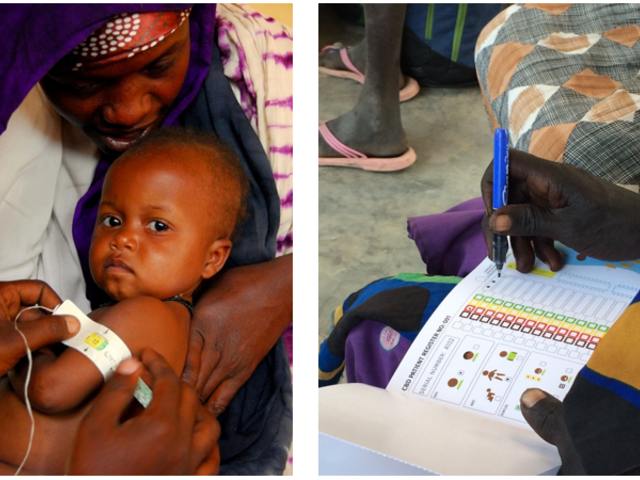
Despite the creativity often employed in the field, a number of barriers inhibit deeper, more systematic innovation.
Designing new solutions requires a concentrated dose of resources that can be flexibly deployed. Public and private donors, despite an interest in innovation, tend toward willing the ends without willing the means. And though innovation, by its very nature, involves trial and error and experimentation, most grants are predicated on what will be delivered and when, with relatively little room for failure. After all, the primary goal of programming is not learning, but implementation to improve and save lives.
A related problem is that innovation often requires a diverse mix of skills that are challenging to organise and support. The daily pressures of having to respond to humanitarian emergencies limit the capacity of field staff to focus on innovation. Innovative work done by centralised teams apart from the field is literally and figuratively distanced from field realities, often leading to superficially attractive, technology-savvy solutions that are unfeasible on the ground.
Guiding Principles for the IRC’s R&D Team
To understand how the IRC can remove these systemic barriers to innovation, the R&D Team began by identifying and supporting pilots to learn how we can best enable innovators. From them, some important guiding principles have already emerged.
- First, dedicated resources are required to pursue R&D since breakthrough solutions do not tend to emerge in the course of ‘business as usual.’ The R&D Team is operating with unrestricted funding and support from a number of donors, including the U.K. Department for International Development. Our aim is to build an R&D budget that will enable more flexible testing of ideas than standard project grants.
- Second, dedicated team capacity will closely connect to the field. Competitions, calls for ideas, and other attempts to capture ideas will form a part of this effort. Another part requires more labour-intensive processes, including interviews, observations, and workshops with service users and frontline workers to define problems and test prototypes.
- Third, a diverse range of skills will influence different stages of the process. The IRC is increasing its existing technical and research capacity, hiring people with human-centred design and behavioural science backgrounds, and improving information communications technology for programmes. Critically, the IRC is also adding product managers to oversee a solution from design through to implementation and effectively manage skills and tensions between different perspectives. Finding the right balance between speed and rigor is aided by having researchers work alongside design staff.
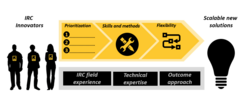
The IRC’s aim in bringing innovation and research together now is to design new solutions and ensure that the method of testing is appropriate to the projects. Lighter testing will inform the development of solutions, and impact evaluations will be conducted once a solution has been sufficiently optimised. As a large implementing organisation, the IRC has the potential to drive early adoption and bridge the gap between small pilots and larger rollout processes. The goal of IRC’s R&D is to enable solutions to be scaled through governments, private organisations, and donors.
These principles are reflected in the new R&D Team. R&D will be part of the IRC, but operate with a degree of autonomy—flexibility in funding, resources dedicated to encourage learning and experimentation, and special skillsets and methods devoted to innovation. It will connect to the expertise of an organization with over 12,000 staff and an annual operation of $700 million, but commit dedicated capacity to investigate and trial new sector-wide solutions that challenge the status quo.
Embracing the Paradoxes
The psychologist Mihaly Csikszentmihalyi once wrote that creativity involves a series of paradoxes: naivety and expertise, divergent and convergent thinking, and introversion and extroversion.
So too is the IRC conscious of maintaining some productive tensions - being close enough the field to stay grounded yet staying insulated from daily work pressures that can override innovation, marrying deep technical expertise with people and methods that enable problems to be looked at with a fresh approach, and finding solutions through trial and error—the crux of innovation.
With more people now displaced worldwide than at any time since the Second World War, relief organisations have never been under greater pressure. Faced with unprecedented growth, the temptation is to replicate existing practice. But if donors and implementing organizations commit to finding innovative solutions and harnessing new skills and partners, the humanitarian sector as a whole—with all the ingenuity and passion of those on the frontline—can rise to the challenge.
